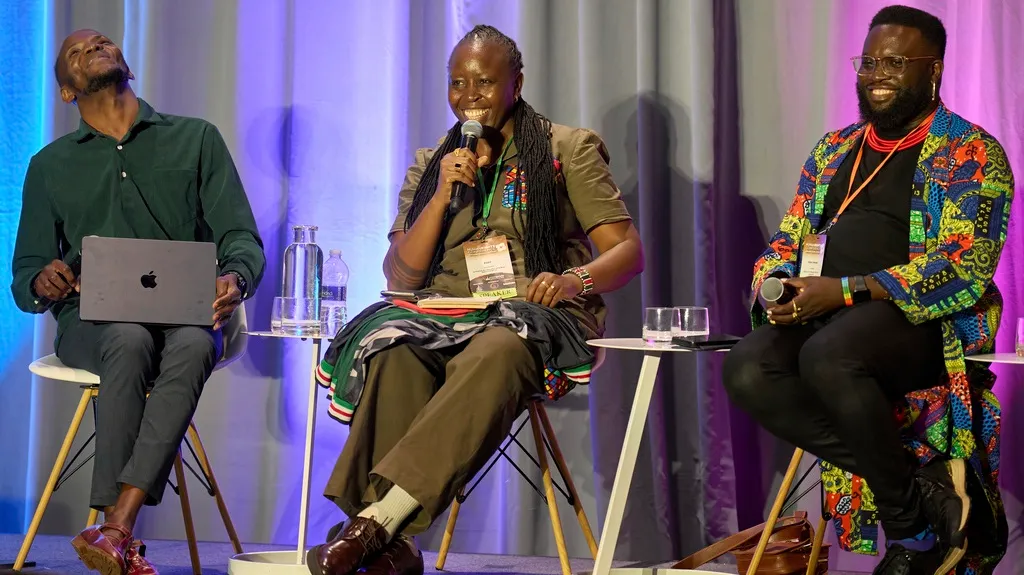January 25, 2022
Men Continue to Fall Behind Women in Global HIV Testing, Treatment
Kilian Melloy READ TIME: 3 MIN.
In a continuation of a longstanding pattern, men are faring worse than women in terms of global efforts to increase HIV testing and treatment, a new UNAIDS Update shows.
The update, posted Jan. 24, notes that in 2020 global targets for increasing testing and treatment among women "were almost reached among adult women (15 years and older) living with HIV." In contrast, their male counterparts "are consistently faring worse than women across the HIV testing and treatment continuum."
The results – attributed to a UNAIDS special analysis conducted last year – were translated into a pair of infographics that compare global stats regarding men and women who are "living with HIV who know their status," who are "living with HIV who are on treatment," and whoa re "living with HIV who are virally suppressed" –�the latter being the result of effective treatment regimens.
Virally suppressed people have achieved an undetectable viral load, and it's virtually impossible for virally suppressed individuals to transmit HIV to others through sexual contact.
"Compared to women living with HIV, there are 740,000 more men living with HIV who do not know their HIV status, 1.3 million more men who are not on treatment, and 920 000 more men who are not virally suppressed," the update summarized.
Globally, those stats mean that 3.1 million men worldwide are living with HIV and do not know it, compared with 2.3 million women. Men living with HIV and not receiving treatment number 5.3 million worldwide, compared to 4 million women. And when it comes to individuals living with HIV and are not virally suppressed – and therefore more likely to transmit HIV to others – men top out at 6.4 million worldwide, as compared to 5.5 million women.
Those numbers are in accordance with years-long data showing men lag behind women when it comes to getting tested, getting treatment, and achieving viral suppression. The UNAIDS data for 2020 similarly showed that "Men living with HIV are less likely to access HIV testing and antiretroviral therapy, and they also experience higher levels of new HIV infections," with women comprising slightly less than half – 48% – of all new infections in 2019.
In addition, data showed that as of 2019, "the annual number of new infections has been falling more rapidly among women and girls (a 27% decrease since 2010) than among men and boys (an 18% decrease)."
"While gender norms that prize male strength and stoicism may partly explain why many men delay seeking care, other factors are also at play," the update details. "Primary health-care services in eastern and southern Africa place a great deal of focus on women of reproductive age, and reproductive, maternal and child health services offer ideal entry points for HIV services; similar entry points for men are not commonplace."
A UNAIDS global HIV & AIDS fact sheet showed some benchmark numbers, including the number of people worldwide who were "accessing antiretroviral therapy as of June 31, 2021" – 28.2 million – against a total number of 37.7 million people worldwide living with HIV as of 2020.
A 2017 UNAIDS report reflected findings from studies showing "that men are more likely than women to start treatment late, to interrupt treatment and to be lost to treatment follow-up," while a 2016 study noted that "Men's uptake of HIV testing is critical to the success of 'test and treat' strategies" to reduce global HIV transmission rates," but showed that men had "lower participation in HIV testing relative to women."
A 2011 study cited a "growing number of studies highlight men's disinclination to make use of HIV services" and similarly showed that men fall behind women when it comes to getting tested and treated for HIV.
But there is a reason for hope: The new UNAIDS update noted that "Interventions to reach and include men more successfully in HIV testing and treatment services are increasing – including through workplace-based interventions and greater use of self-testing approaches, and by providing services at outpatient departments."
Still, the update added, "a more finely-tuned understanding of why men's use of HIV services continues to lag can help shape additional ways to close this gap."
Kilian Melloy serves as EDGE Media Network's Associate Arts Editor and Staff Contributor. His professional memberships include the National Lesbian & Gay Journalists Association, the Boston Online Film Critics Association, The Gay and Lesbian Entertainment Critics Association, and the Boston Theater Critics Association's Elliot Norton Awards Committee.


